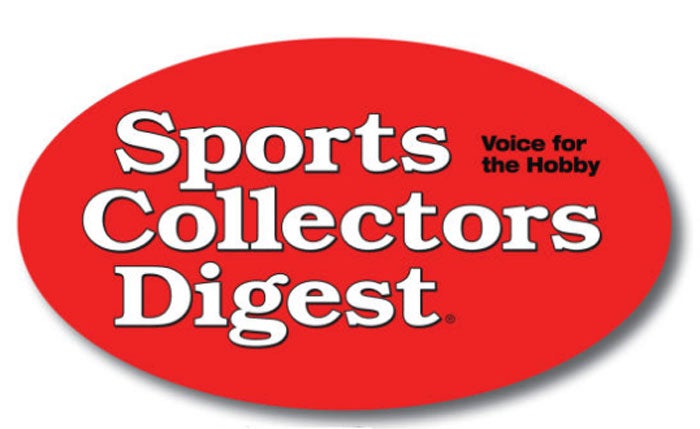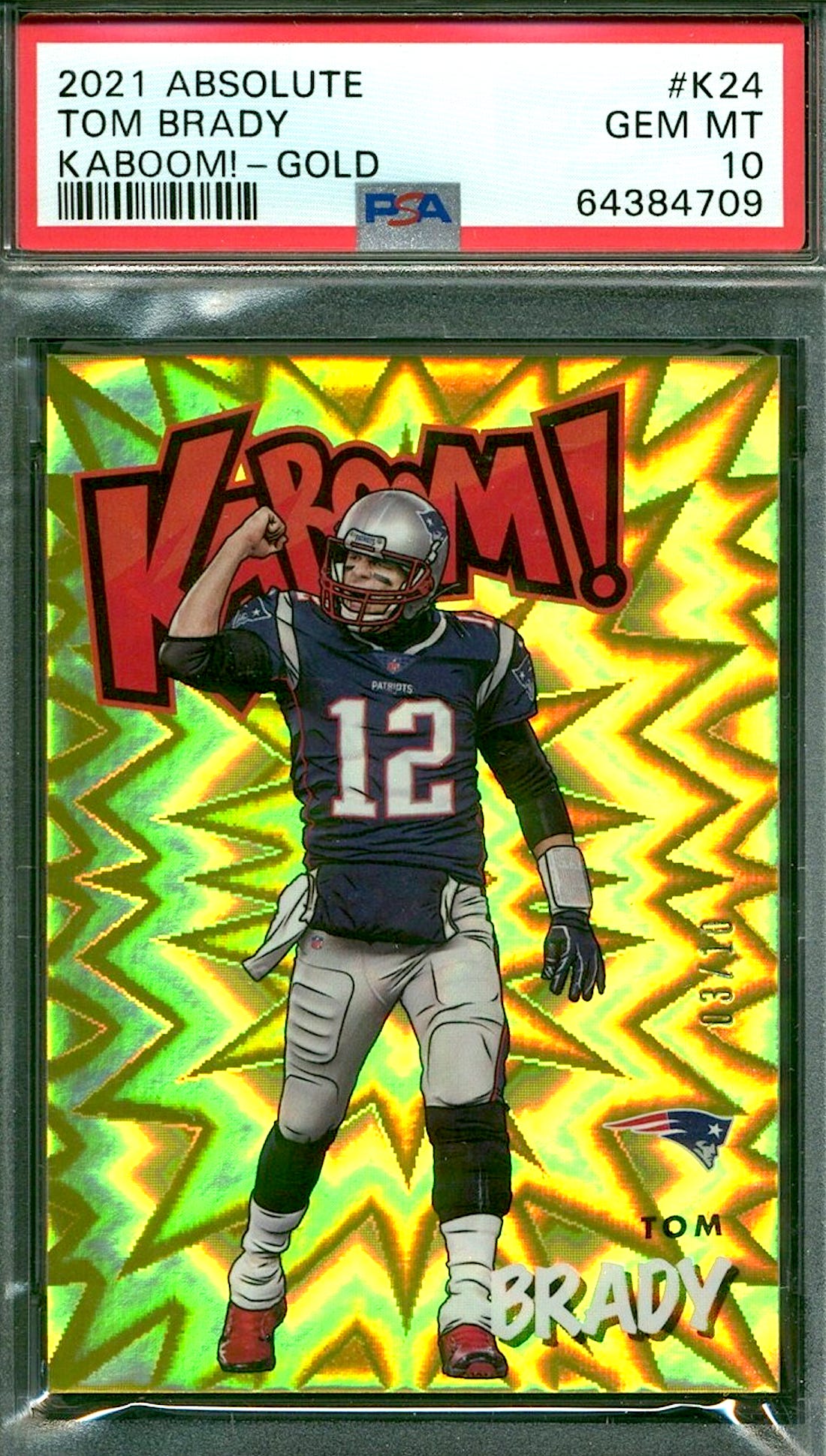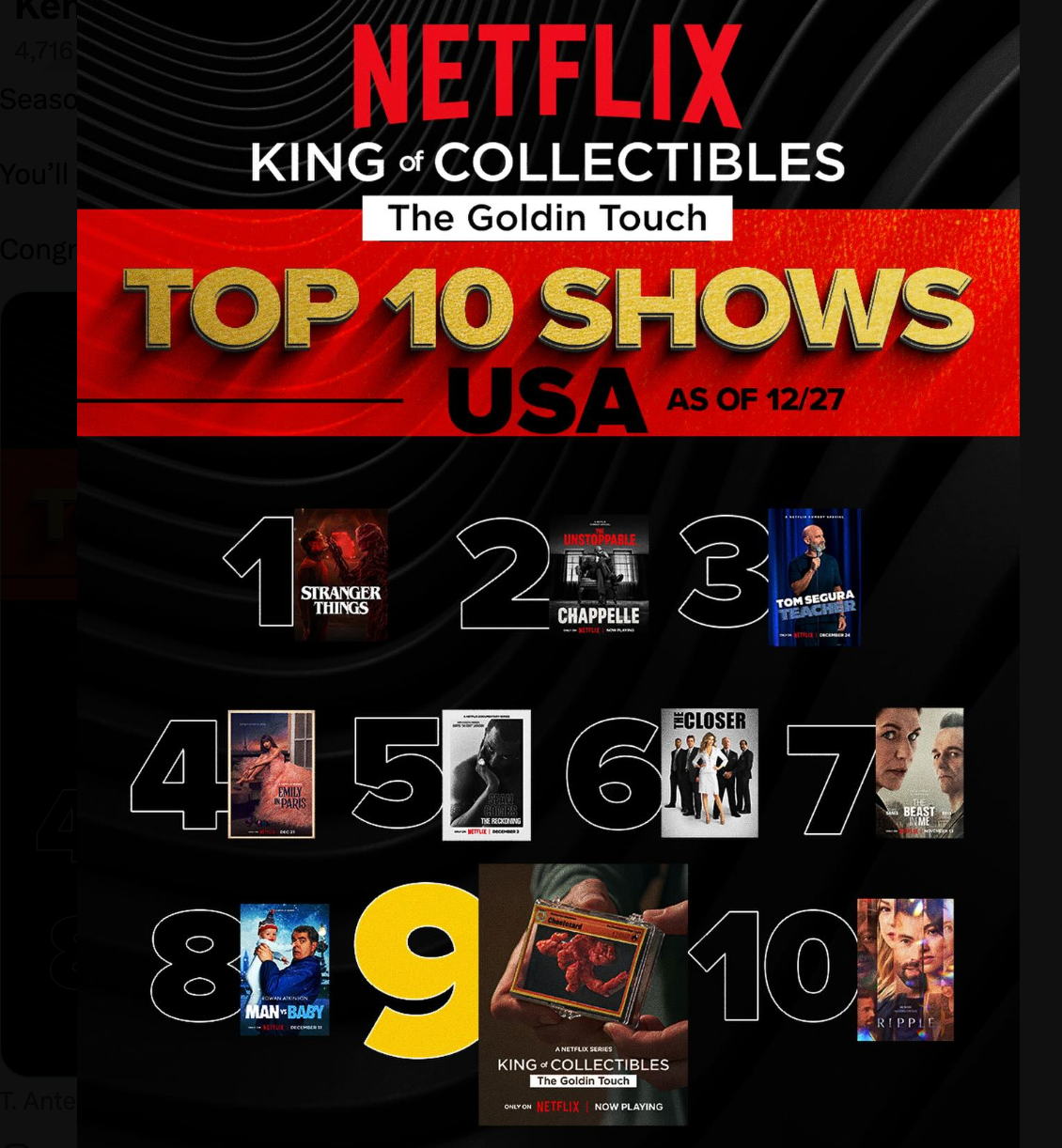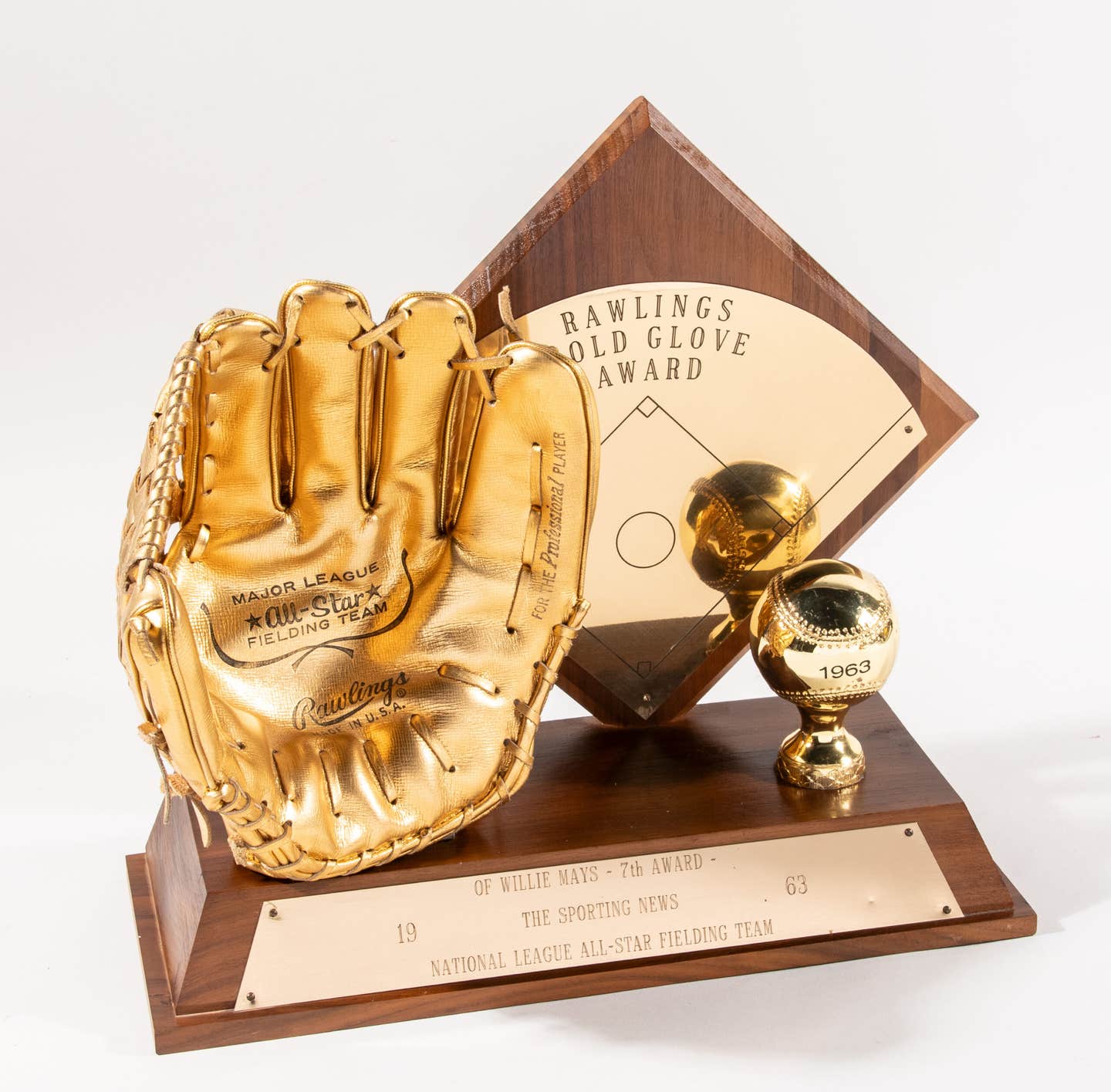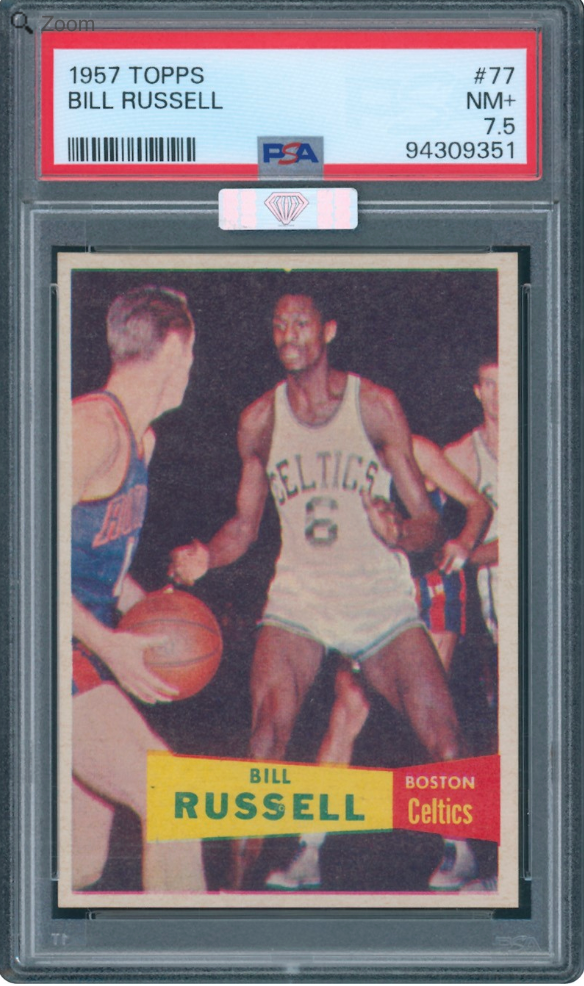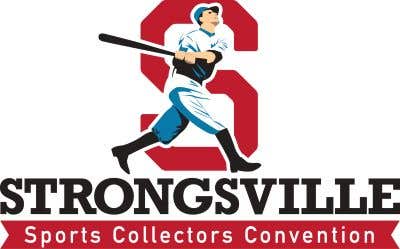From the truly majestic to barely clearing the wall inside the foul pole, the 1963 Topps Baseball set begins with 10 straight homers, that is, cards including at least one Hall of Famer.
All 10 are League Leaders highlighting the 1962 Major League Baseball season. The National League home run champs, the third card in this lineup, is a strong candidate for the best multi-player card ever produced. The pasteboard features all five "Kids in the Hall:" Hank Aaron, Ernie Banks, Orlando Cepeda, Willie Mays and Frank Robinson.
Soren Agard picked that card as a favorite in the issue and not just for its star quality.
"When you can find this card with solid blue and solid red backgrounds it just brings the five players to life," said the Minnesota-based collector, who has built raw and graded complete runs of the 1963 Topps offering.
"I pick out one set from each decade to work on," said Agard, "and I think the player selection in the '63 set is fantastic and I really like the color scheme." But the collector said the design can be problematic. "Having the colored border on the bottom really sets off the photos, although the colored border does show wear easily."
Dave Cryer, now atop the PSA Set Registry for the issue, considered the offering's overall look significant.
"It is a kind of transitional set between the classic Topps styles that preceded it and the more contemporary styles that would carry Topps into the early 1970s," said Cryer. "Bottom line on this set, in my opinion, is the photography, which is some of the greatest of any set from any year from any manufacturer."
The Virginia resident's top pick from the set?
"The easy answer would most likely be typical selections like Mays, the incredible duo from L.A., Drysdale and Koufax, and of course, the great multi-player cards like "Bomber's Best" (with Tom Tresh, Mickey Mantle, and Bobby Richardson), and "Pride of N.L." (Mays and Stan Musial), etc. However, my personal favorite, and a bit off the normal mark, would be Yankees manager Ralph Houk. His picture (No. 382) has caught a moment of time, not a photograph, down to the politically incorrect tobacco bulge in his left cheek."
The times they are a changin'
Maybe Houk's concerned look was a premonition of sorts since the Yankees saw their World Series-winning dreams smashed after getting swept by the Dodgers in 1963, the penultimate year the Yanks appeared in all but three Fall Classics from 1947 to 1964.
While "The House That Ruth Built" did nothing for the Bronx Bombers in the '63 Series, it did play a prominent enough role in the Topps card set that year.
"Lots of the photos in the 1963 set were taken in Yankee Stadium," said card dealer Greg Dragos of Raleigh, N.C., who placed the issue among the most popular postwar pasteboard productions. Dragos first collected in quantity in 1963 and remembered having "something like 30 Mantles, 25 Clementes" from the 1963 set.
Although always in great demand, Mantle (No. 200, $600) is not the highest-selling card in the collection. That distinction goes to Pete Rose (No. 537, $850), who debuts on a "floating heads" Rookie Stars card. Willie Stargell entered the hobby in the same manner just a few cards later.
Sandwiched between "Charlie Hustle" and "Pops" is the much revered Pirates outfielder Roberto Clemente (No. 540, $250), the third-highest priced card in the set on average, rounding out a solid crop of headliners for the high number series (Nos. 523-576). But the '63 high numbers are not the most difficult cards to track down in the set.
"Anything in the middle part of the set (Nos. 284-446) is much harder to find in general. The price guides are way off on these that book for $5," said dealer Steve Brandenburg of Frederick, Md. "Ford, Spahn, Bobby Richardson, any Yankees in the middle series are in demand."
One surprise from this section is Yankees pitcher Hal Brown (No. 289). "It's his only Yankee card and it sells quickly," said Brandenburg. "You don't see it that often. It's a lot tougher compared to other Yankees and it's not a short print."
Dragos, a.k.a "The Paper Boy," added, "The mid-series cards are really hard to find. They are four to five times as valuable compared to regular commons."
Dealer Alan Rosen saw it differently. "I've never been one to respect those '63 mid-series cards," he said. "The '66 and '67 high numbers are extremely tough. I've bought many collections over the years and I've never seen the '63 mid-series not included - the '66 high numbers are missing the most."
Tuff Stuff prices, meanwhile, indicated that raw semi-high numbers (447-522) commons, at $12.50 each, are more expensive than any block in the set. And, the semis contain Hall of Famers Lou Brock, Willie McCovey and the short-printed Harmon Killebrew (No. 500).
"Cards should be priced by population, not series," stressed collector John Amback, who regularly tracks Internet auction sales results and population figures for the '63s and has seen some leveling off and, in certain instances, dropping of prices.
"The days of the $840 PSA 8 Vic Power (No. 40) and the $680 PSA 8 Dick Schofield (No. 34) are gone," said the hobbyist, who has built a high-grade set of the issue.
Today's Forecast: Flurries Likely
One thing collectors and dealers alike seem to regularly agree on with respect to the set revolves around condition, and it's not just the common chipping of the colored borders.
"Centering and print snow are two primary culprits that can hurt this set," said Agard.
Cryer said the "snow" or print dots appear as small white circles around a dot and seem to show up on even the most pristine cards.
Among the tougher-to-find high grade (PSA 8 and above) 1963s, Agard pointed to the NL Batting Leaders (No. 1), and Yogi Berra (No. 340). Cryer also put Berra on his short list as well as the Rose rookie.
A raw near-mint set books for $5,000. Professionally graded versions in comparable or higher condition can cost much more.
As much as he enjoys the '63 issue, Cryer said one aspect of it prevents him and many other collectors from the bestowing "all-time great" status on the set.
"The floating heads. The Rose rookie is an excellent example of that. The floating head cards were ill conceived," he said.
Of course, the League Leader cards are "floating heads" too, referring to the bobbin' noggins that also rest against a "pillow" of one background color or another.
So because of this, maybe, just maybe, a couple of the Leader cards for some collectors will be slightly downgraded from "truly majestic" to "towering." Either way, they are still home runs and the rest of the set, especially if it's in top condition, might just clear the fence, as well.
Doug Koztoski is a frequent contributor to Sports Collectors Digest and Tuff Stuff magazine.

